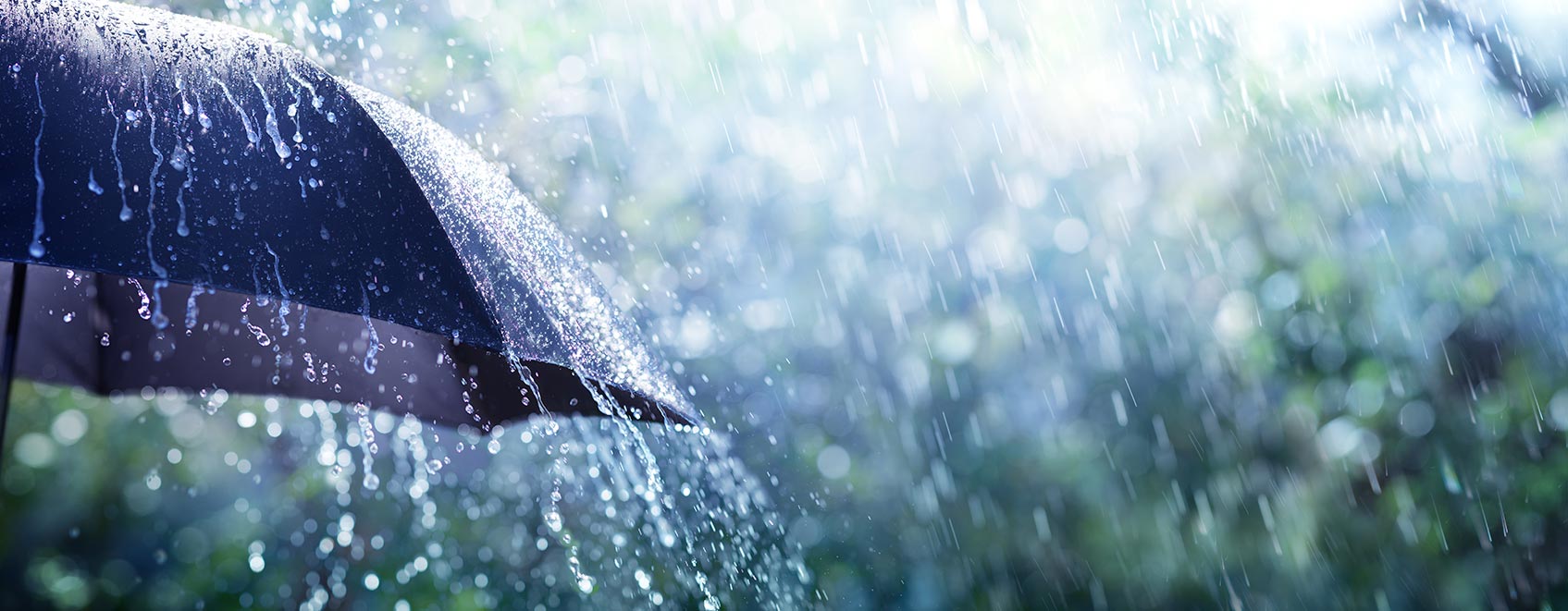What to do before and after a catastrophic event
December 29, 2020
UFG Insurance
Business
Read Time: 5 min

If there's one thing we can all be sure of, it's to expect the unexpected. That rings especially true for small business owners. Anything from a pipe bursting to delays in inventory to technology issues are all problems that, while unexpected, are ones that you probably have a plan to deal with. Natural disasters, however, can have a ruinous effect on your small business, all within the span of 20 minutes.
According to the Federal Emergency Management Agency (FEMA), following a disaster 40-60% of small businesses never reopen their doors and 90% of smaller companies fail within a year unless they can resume operations within five days. Thankfully, this doesn't have to be your small business. Take a look at how you can prepare and plan for a catastrophic event and what to do in the days that follow.
Before
Identify potential risks
The natural disasters that could happen vary greatly depending on where you live. It’s important to assess the area you're in to make sure you have proper catastrophe coverage, a.k.a. CAT insurance, for all weather events that could take place.Create a plan
While disaster preparedness plans will differ depending on the size of your business and the industry you’re in, there are some items that can be in everyone's plan.- Name a disaster plan coordinator. This person will oversee all plan updates as well as make sure everyone is aware of what role they might play.
- Establish a leadership team and designate specific tasks to the people on that team.
- List how you'll communicate with employees, especially if phone lines or internet might be down.
- Identify the important phone numbers and contact information that team members should have.
Practice
What good is having a plan if it isn't practiced? Running through your plan with mock scenarios as you head into severe weather season will help make sure everyone knows their part (including all new hires), and gives you an opportunity to see weak spots that might need to be thought out a bit more or have more details added.After
Communicate
One of the first things to consider after a catastrophic event is implementing your plan and checking in with your team. Are they okay? Do they need help with anything?Because you practiced and pre-determined who your disaster plan coordinator is and who your leadership team will be during this time, they'll all know exactly what is expected of them and should be able to answer questions, as well as communicate important information.
Survey and document damage
Clearly document and record any damage once it’s safe to do so. This would ideally involve photos or videos of the property that can be included as visual evidence with the insurance claim.Check in with your agent
The quicker insurance claims are filed the better. When you get in touch with your agent, they'll be able to help get your claims started as well as let you know what next steps you should take.Unfortunately, natural disasters can't always be predicted, but they can always be expected. We hope this information helps as you begin to create your disaster preparedness plan so that if a catastrophic event strikes you’ll be ready for it. If you have any questions about CAT coverage along the way, reach out to a UFG agent near you to help make sure you're protected.
The information provided is for informational purposes only. Every attempt is made to ensure that the information is accurate; however, it is not intended to replace professional advice. For more information, see Disclaimers & Other Legal Documents.
